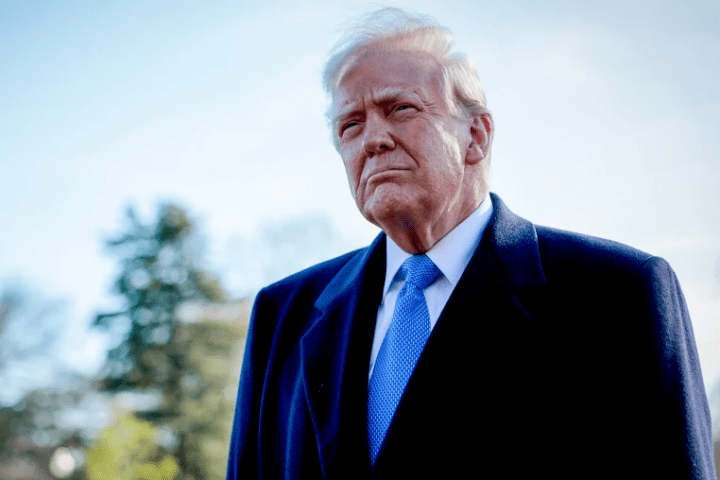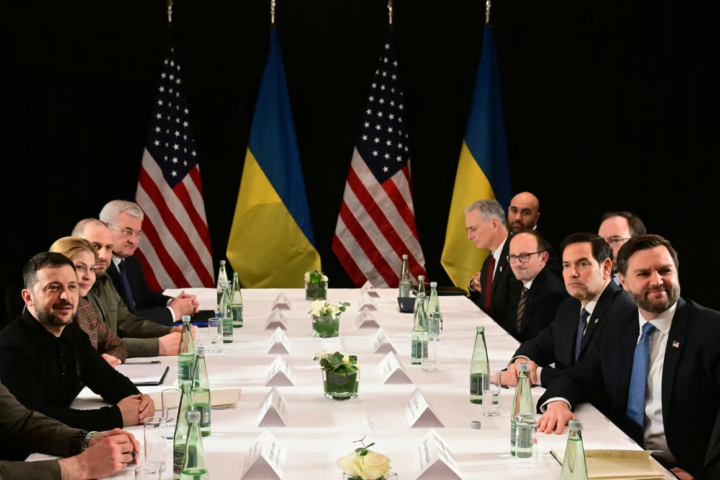When history weighs President Joe Biden’s legacy on Ukraine, it will find itself grappling with a paradox. On the one hand, his administration’s calculated response to Russia’s brutal invasion provided Ukraine with a lifeline in its darkest hours. On the other, his incremental and cautious approach has left critics questioning whether his strategy has been bold enough to secure a decisive Ukrainian victory—or too bold, risking a direct confrontation with nuclear-armed Moscow.
The Biden administration’s Ukraine story is one of reactive policy-making, not foresight. In the days before Russia’s tanks rolled over the border on February 24, 2022, Washington prepared for what many expected to be a rapid Ukrainian collapse. Planning centered around supporting a guerilla resistance in the aftermath of a swift Russian triumph. Body bags and small arms dominated the list of aid being prepared for Kyiv. But Ukraine surprised the world, and perhaps even itself, with its resilience. Russia’s invasion stumbled, and the Biden administration found itself scrambling to adapt.
From the outset, the U.S. response has been defined by a paradoxical mix of critical support and maddening hesitation. Military aid has flowed in fits and starts, with Ukraine repeatedly pleading for advanced weapons that took months—or even years—to materialize. Kyiv’s requests for F-16 fighter jets began just months into the war, with Ukrainian officials imploring the U.S. and its allies to provide the tools necessary to secure their skies and achieve victory. Yet it wasn’t until August 2023—after more than a year of deliberation and mounting pressure—that Biden reversed course. The first F-16s didn’t arrive until the fall of 2024.
The story of the Army Tactical Missile System (ATACMS) followed a similarly halting trajectory. Despite urgent appeals from Ukrainian leaders, the Biden administration repeatedly resisted providing the long-range missiles for fear of escalating the conflict. It was only after other Western allies provided similar weapons—without sparking the feared Russian retaliation—that Biden relented in late 2023. Even then, Ukraine received only the shorter-range version, capable of striking targets up to 100 miles away.
Critics from both sides of the aisle have seized on these delays. Hawks argue that the administration’s caution has prolonged the conflict, denying Ukraine the means to go on the offensive and reclaim occupied territories. Doves warn that Biden’s piecemeal escalation risks stumbling into a catastrophic conflict with Russia. The administration’s supporters counter that Biden’s deliberate approach has prevented an escalation spiral while maintaining Western unity—a precarious feat, given the diverse political and economic pressures among NATO allies.
Biden’s defenders also point to the unprecedented scale of U.S. support. Tens of billions of dollars in military aid, including advanced systems like HIMARS rocket launchers and Abrams tanks, have played a vital role in Ukraine’s defense. Biden’s leadership has galvanized NATO, revitalizing an alliance many had written off as outdated. Yet, for all these accomplishments, the delays and half-measures have left Kyiv fighting for survival rather than marching toward victory.
The tension in Biden’s Ukraine policy reflects a broader truth about American foreign policy in the 21st century: the difficulty of threading the needle between action and restraint in a world where power is increasingly fragmented. The shadow of Iraq and Afghanistan looms large over Washington, as does the specter of nuclear confrontation. In Ukraine, Biden has sought to navigate this treacherous terrain, balancing the need to support a besieged democracy with the imperative to avoid a larger war.
But balance comes at a cost. For Ukraine, every delay has meant more lives lost, more towns destroyed, and more territory left under Russian occupation. The F-16s and ATACMS that finally arrived in 2024 will undoubtedly bolster Kyiv’s capabilities, but their impact is tempered by the months—if not years—of delay.
As the war grinds on, Biden’s legacy will remain a subject of intense debate. Was his caution a necessary brake on reckless escalation, or a failure to seize the moment and decisively shape the course of history? For now, the answer lies somewhere in the middle, much like Biden’s Ukraine policy itself: a careful, sometimes maddening attempt to strike the impossible balance between ambition and restraint in a world that demands both.










